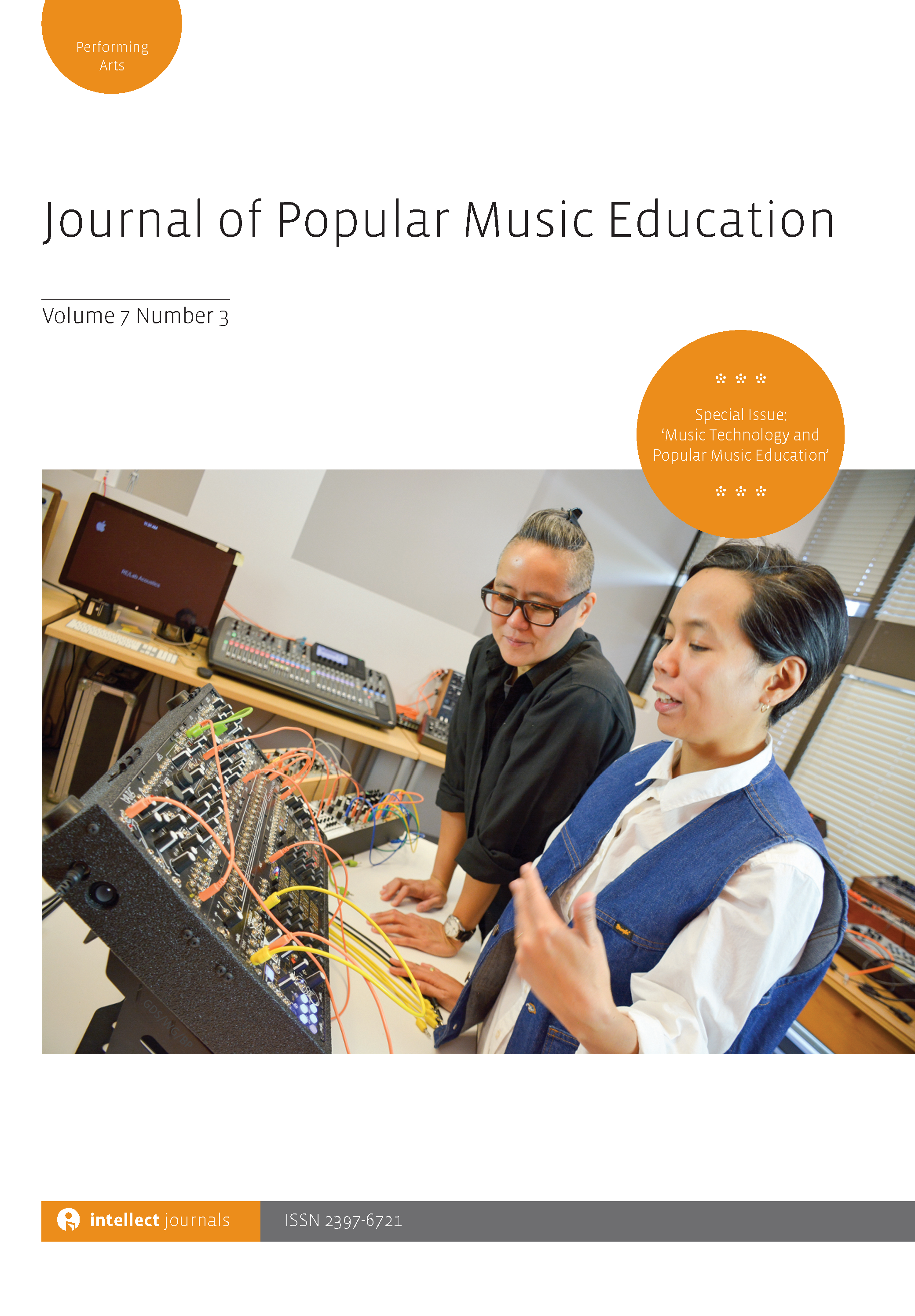
Full text loading...

Western popular music began to dominate the Chinese music market after China implemented the open-door policy in 1978, which led to its introduction in schools in 2001. Popular music remains common outside of the classroom while occupying a small portion of school curricula. This study explores the influence of popular music in primary and secondary schools in Xi’an City, Shaanxi Province, China. A combination of questionnaires, interviews, observations and an examination of the author’s teaching experience was used to gather data on issues affecting students’ and teachers’ acceptance of popular music and the relationship between popular music and music education. Findings indicate that popular music can be integrated into the curricula, improve teaching effectiveness, make learning more attractive for students and relate to the students’ everyday lives.

Article metrics loading...

Full text loading...
References


Data & Media loading...

Publication Date:
https://doi.org/10.1386/jpme_00104_1 Published content will be available immediately after check-out or when it is released in case of a pre-order. Please make sure to be logged in to see all available purchase options.